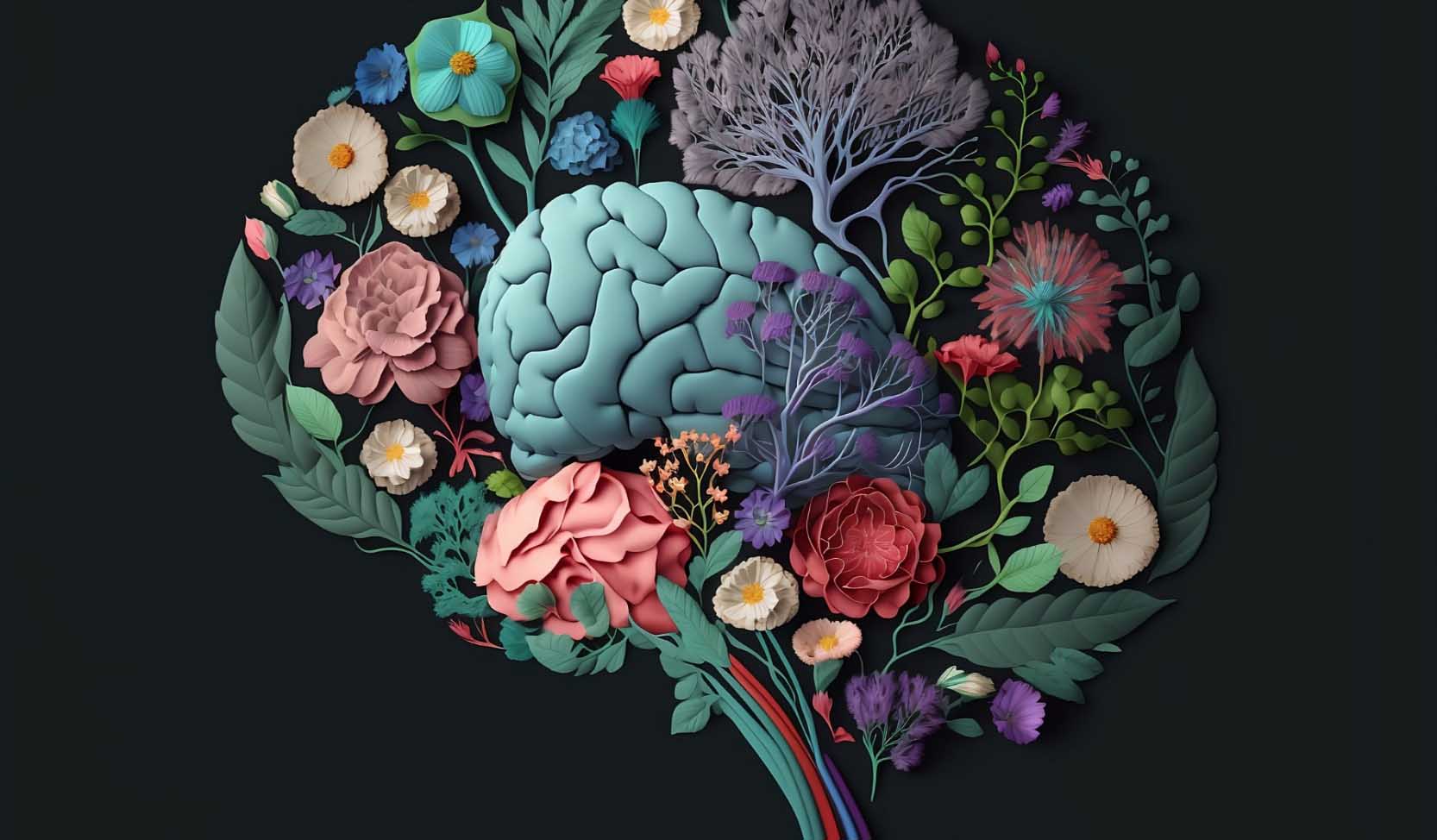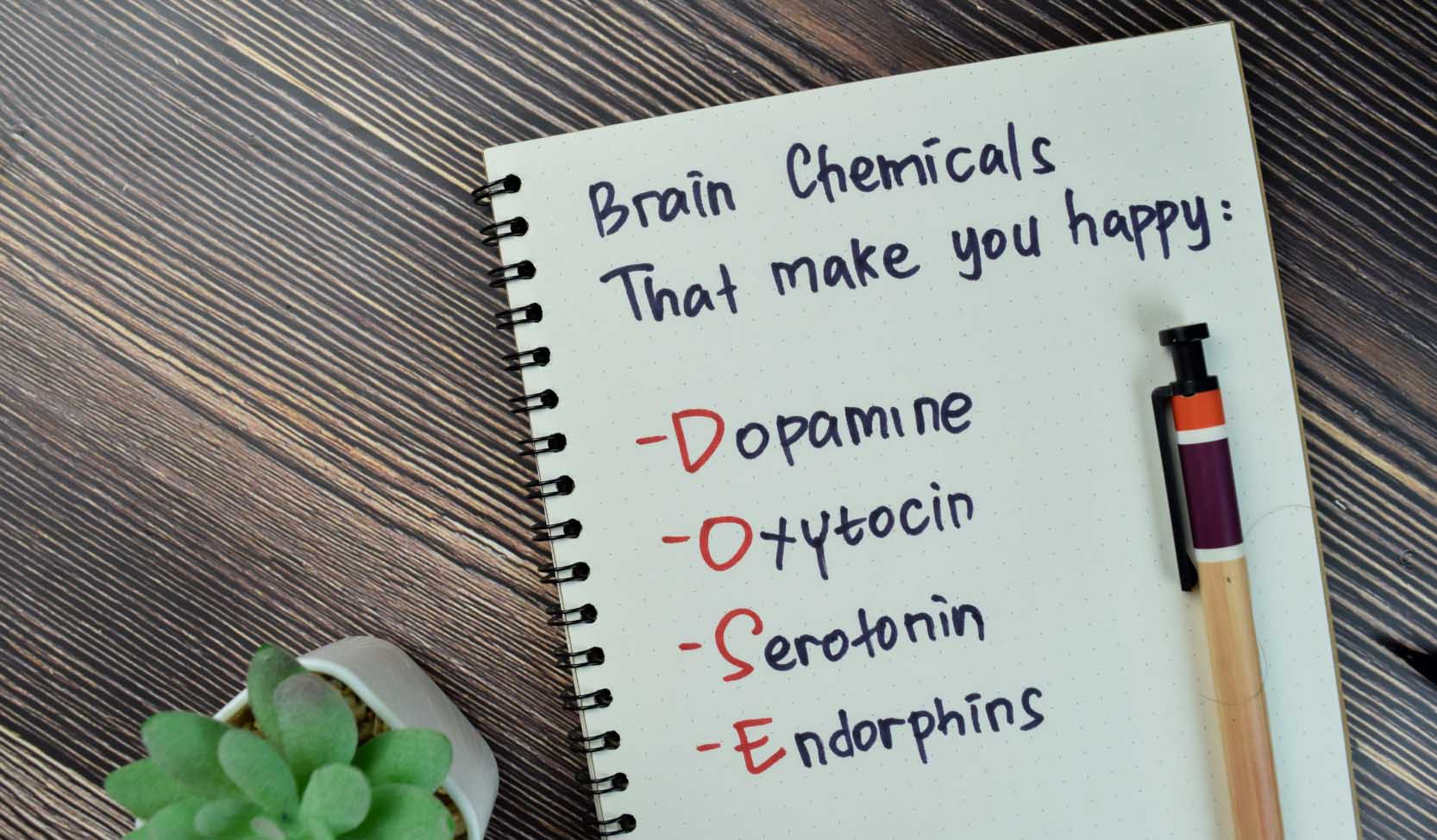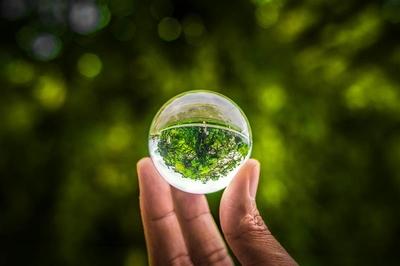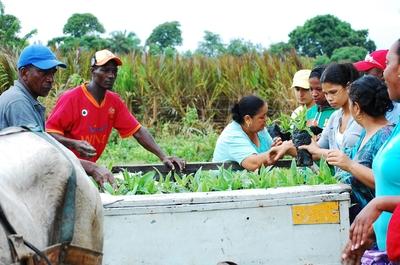
The Joy of Giving: Unveiling the Neuroscientific Reasons Behind Charitable Donations
“He who has reached the state of self-sacrifice has true joy. Temporal joy will vanish.”

We've all felt the incredible joy of giving, a feeling that lingers within us for days or even weeks, bringing happiness, a sense of connection, and a feeling of self-worth and purpose. Whether it's volunteering our time despite being busy, sharing our knowledge freely with others, or giving money to those in need, our hearts warm up as we engage in these acts of kindness and self-sacrifice. This blog will explore the neuroscientific reasons for charitable actions, uncovering the fascinating logic behind our desire to help others.
The Neuroscience of Giving
Researchers found that something remarkable happens within our brains when we engage in charitable donations. It is “more than just a feeling.”1 The act of donating stimulates “the brain's reward regions”2 triggering the release of powerful neurotransmitters –chemical messengers that our body can’t function without- like serotonin, dopamine, and oxytocin. These chemicals are crucial in regulating mood, experiencing pleasure, and fostering social connection.

Serotonin: The Uplifting Power of Generosity
Serotonin, often called the "feel-good"1 neurotransmitter, helps to regulate our overall mood and contributes to well-being. When we engage in acts of generosity, serotonin levels increase, creating a positive and uplifting effect on our emotional state.
Dopamine: Shapes the Lasting Effects of Generosity
Dopamine, known as the brain's reward chemical, is closely associated with a feeling of pleasure. It is released when we experience something rewarding or pleasurable. Donating activates the dopamine system, leading to a sense of satisfaction and fulfillment. This increase in dopamine from charitable donations creates a deep sense of joy and contentment that often lasts longer than the satisfaction derived from material possessions.
Oxytocin: The Key to Social Bonding and Generosity
Oxytocin, often called the "love hormone,"3 is released during social bonding and positive social interactions. It plays a crucial role in building trust, empathy, and connection with others. Particularly with the rise in social isolation within communities, fostering a sense of connection greatly impacts our well-being. When we engage in acts of giving, oxytocin levels rise, strengthening our social bonds and fostering a sense of connection and belonging.

How Charitable Donations Activate the Brain's Reward Regions
Jorge Moll and colleagues conducted a study using functional magnetic resonance imaging (fMRI) to explore the brain regions activated by charitable donations. While more research is needed to fully understand the neural basis of human generosity, which goes beyond interpersonal relationships, the following brain pathways/areas are involved:
Mesolimbic reward system
Financial rewards typically activate this system, and the research suggests that it is similarly stimulated by donations, which implies a sense of reward or satisfaction from such acts of kindness.
Medial orbitofrontal–subgenual and lateral orbitofrontal areas
These brain regions play a significant role in the decision-making process related to charitable donations, potentially associated with fundamental mechanisms of social affinity and aversion.
Anterior sectors of the prefrontal cortex
This study suggests these areas are preferentially activated when philanthropic decisions outweigh self-interested material considerations. This suggests a distinct neural processing when generosity precedes selfish interests.4
The Warm Glow Effect of Environmental Giving
Exploring the Brain's Role in Charitable Behaviors, when individuals engage in environmentally friendly actions, such as recycling, conserving energy, planting trees, or supporting sustainable initiatives, they often experience a powerful sense of fulfillment and happiness known as the "warm glow." 5 This warm glow arises from the recognition that their actions contribute to the well-being of the environment and the common good. It reinforces the idea that acts of giving, whether directed towards people or the planet, evoke similar feelings of fulfillment, happiness, and a deeper sense of purpose. Suppose you're curious about the significant effects that non-profit organizations engaged in tree planting can have on individuals, companies, governments, and the world. In that case, we invite you to check out one of our informative blog articles. Non-profit Organizations Involved in Planting Trees, Aims, Actions, and Impact

The Lasting Joy of Giving
Researcher Allan Luks conducted a study involving over 3000 Americans engaged in volunteer services, revealing that the positive feelings derived from giving lasted for several weeks. Interestingly, even recalling the act of giving later brought back great happiness. This finding highlights the lasting joy generosity can bring, not only in the moment but also in the form of cherished memories that continue to evoke positive emotions.6
Living a Life of Giving
“We make a living by what we get, but we make a life by what we give."1 Winston Churchill expressed the profound truth behind the joy and fulfillment derived from acts of giving. While our daily pursuits may revolve around acquiring material possessions and meeting our own needs, we truly enrich our lives in the selfless act of charitable giving. When we extend a helping hand, share our resources, or contribute to the well-being of others, we not only positively impact their lives but also experience a deep sense of purpose and fulfillment within ourselves. Through acts of generosity and compassion, we develop a meaningful and purpose-driven existence and connections that leave a lasting legacy.

The Last Word
In this blog, we have embarked on a fascinating journey into the joy of giving and neuroscientific reasons for charitable actions. By exploring the activation of reward regions in the brain and the release of serotonin, dopamine, and oxytocin, we have gained insight into the profound impact of selfless acts. It is not merely a fleeting emotion but an endless source of happiness. Our acts of kindness have the power to transform lives, including our own. So, let the spirit of generosity guide us as we contribute to a better world, leaving a legacy of compassion. Together, we can make a difference.
Read Our Insightful Blog Posts

Top 8 Innovations Shaping Our Green Future
Stay ahead with the latest sustainable innovations transforming our world. Explore cutting-edge technologies and solutions shaping a greener future.

Agroforestry: Revolutionizing Farming, Empowering Farmers, and Protecting the Planet
Discover the benefits of agroforestry, a sustainable solution that supports farmers and environmental protection.

The Joy of Giving: Unveiling the Neuroscientific Reasons Behind Charitable Donations
Uncover the neuroscience behind charitable giving and discover how acts of generosity can significantly uplift your mood, enhance social bonds, and contribute to a more fulfilling life.
Green Your Inbox!
With our Newsletters, Stay updated on our Stories of Change and Growth.
As a gift, get a personalised Nature E-card from PH.

